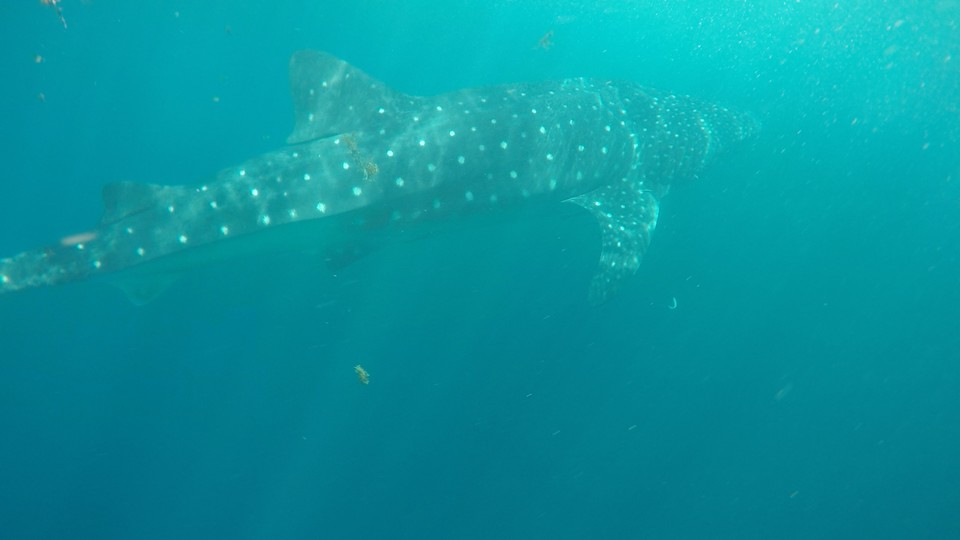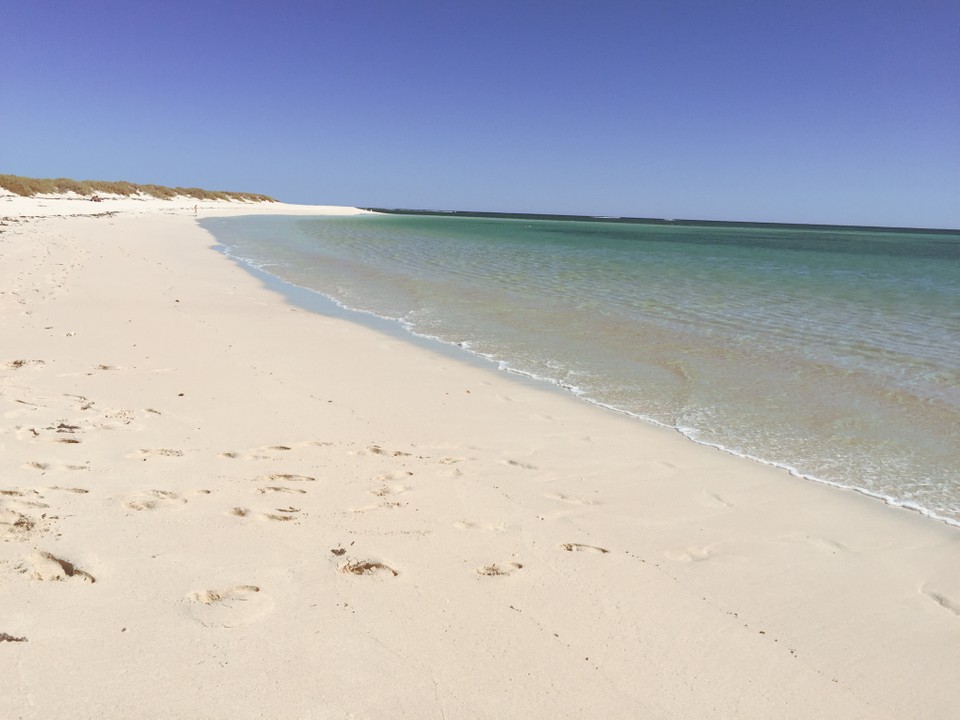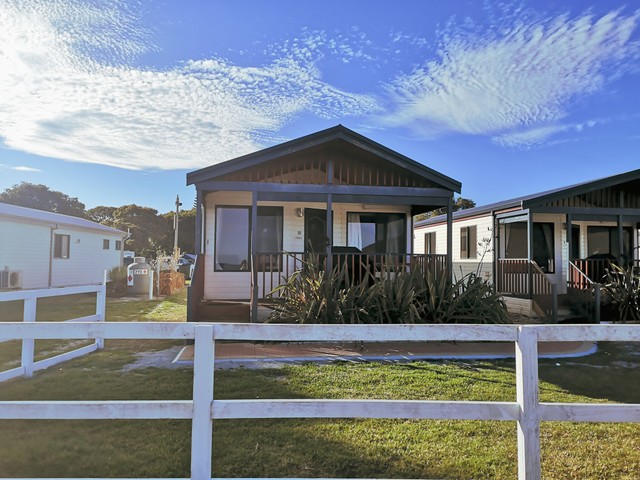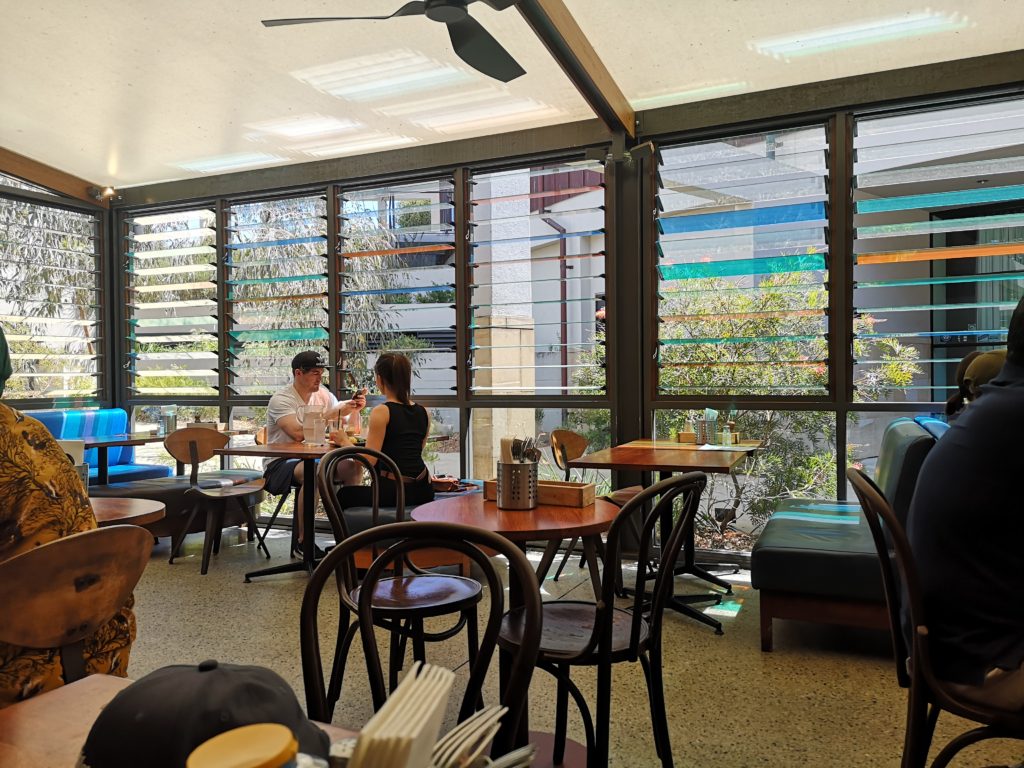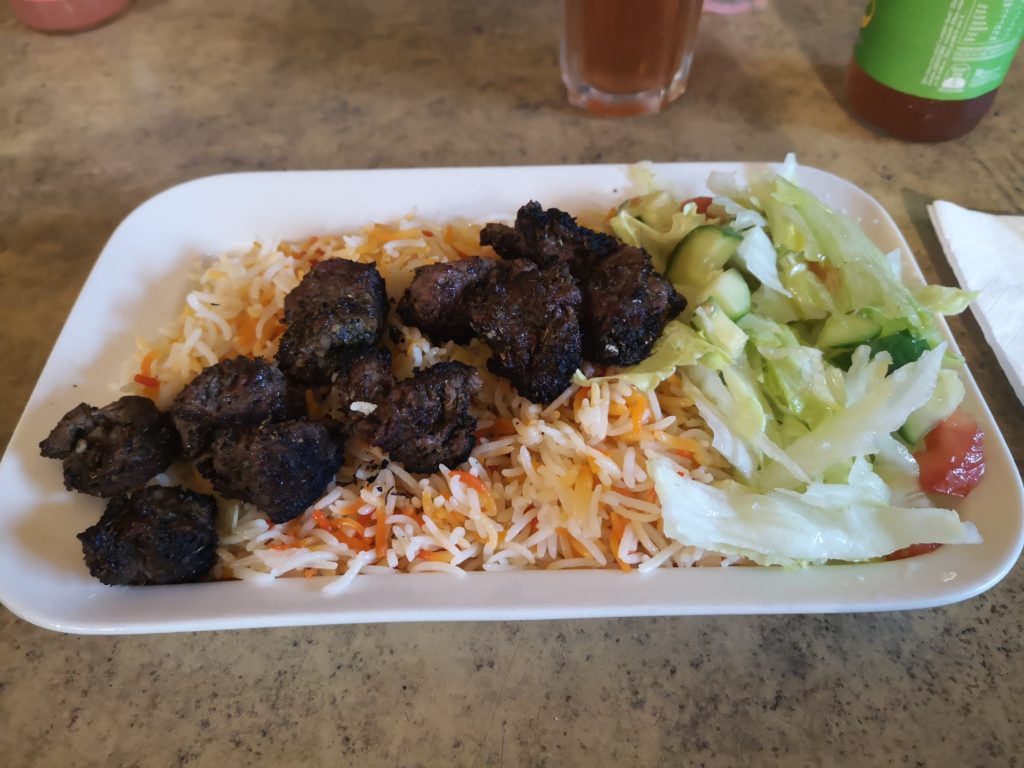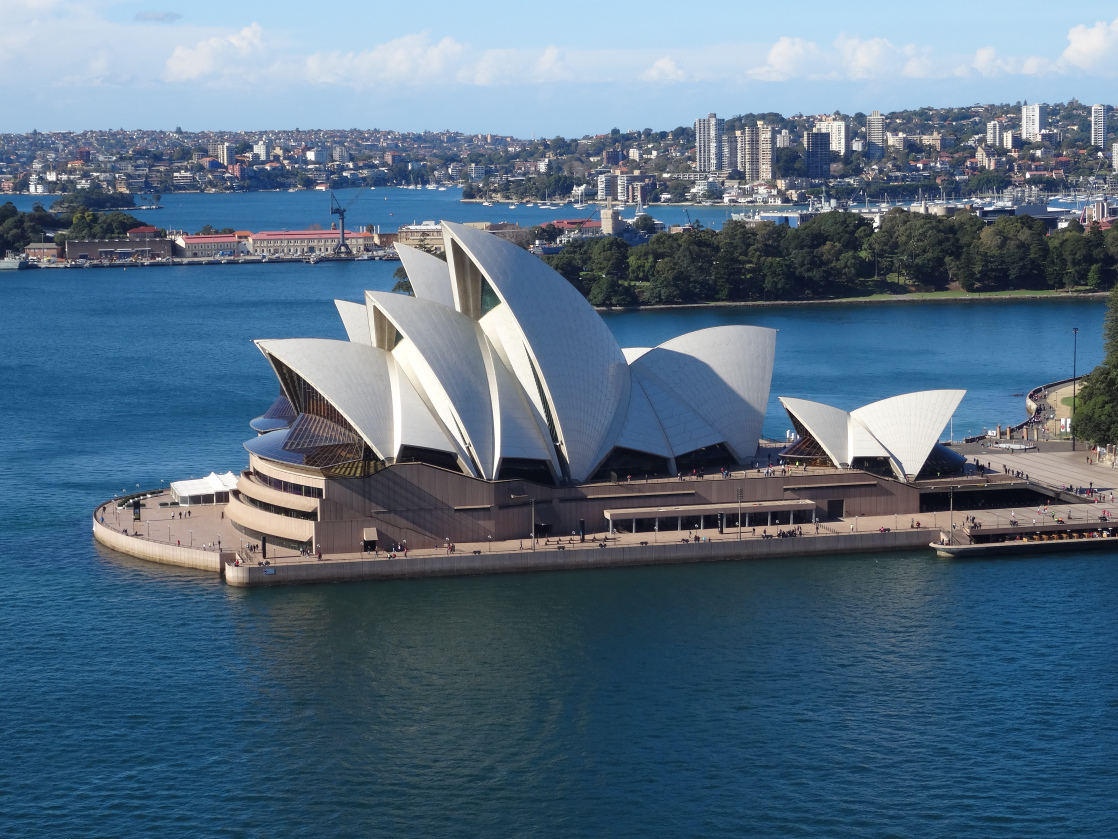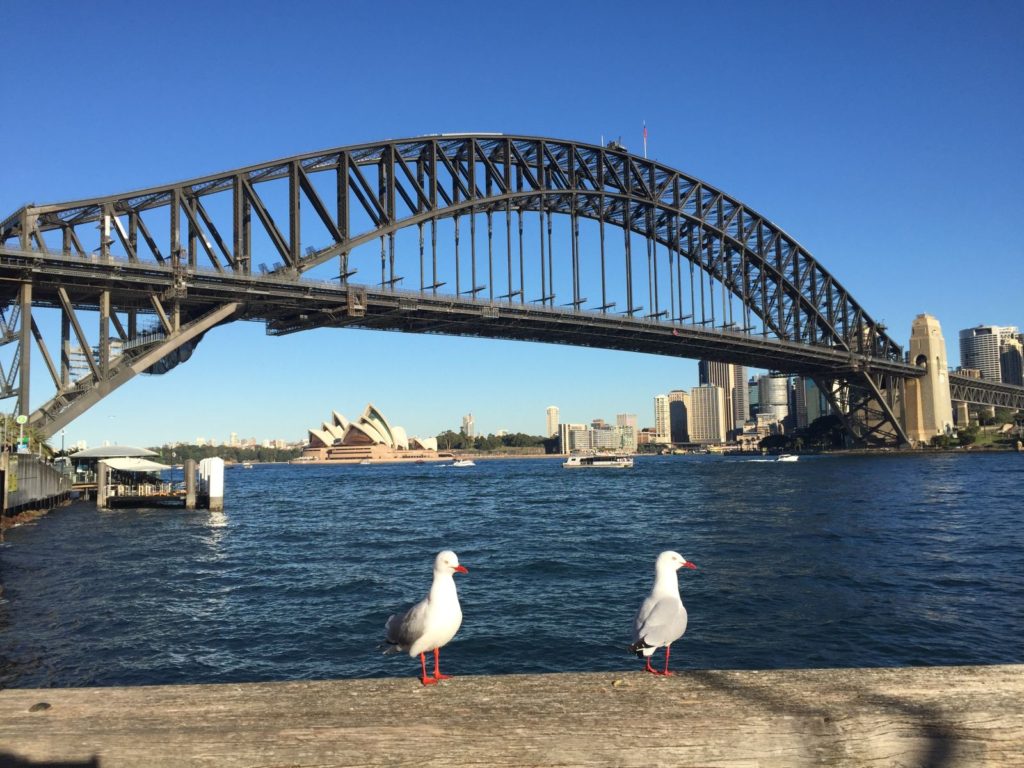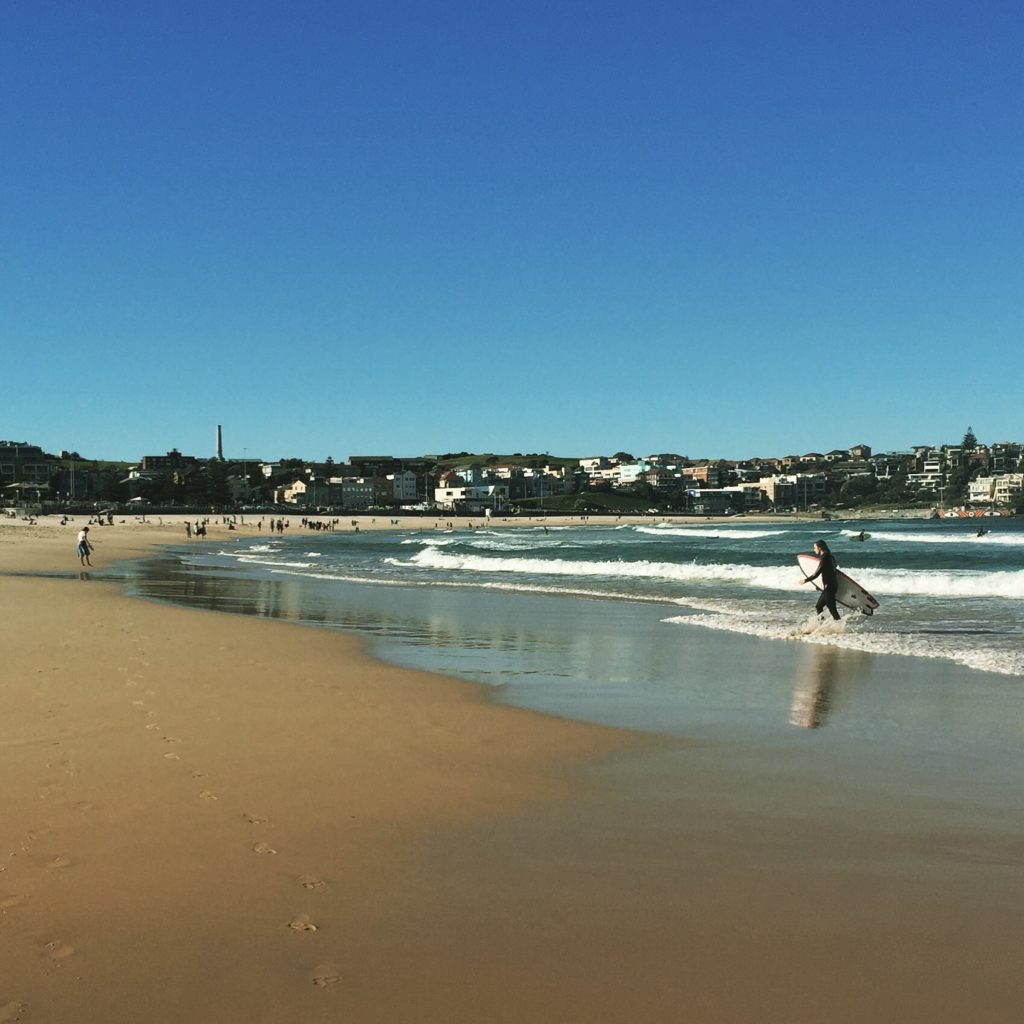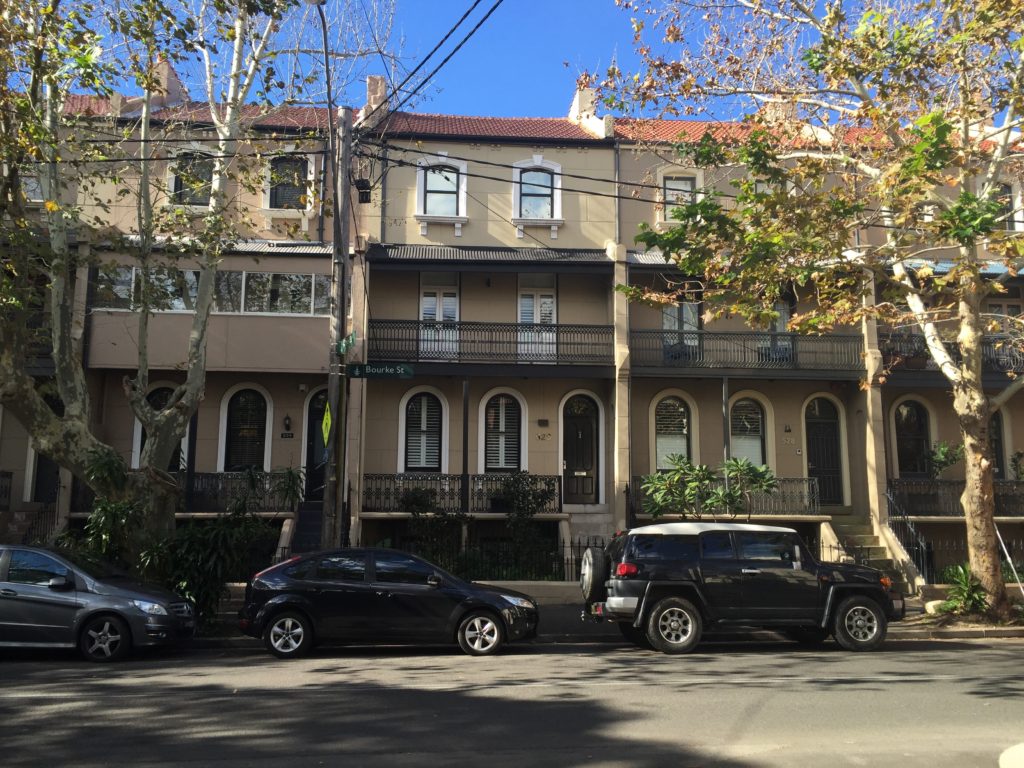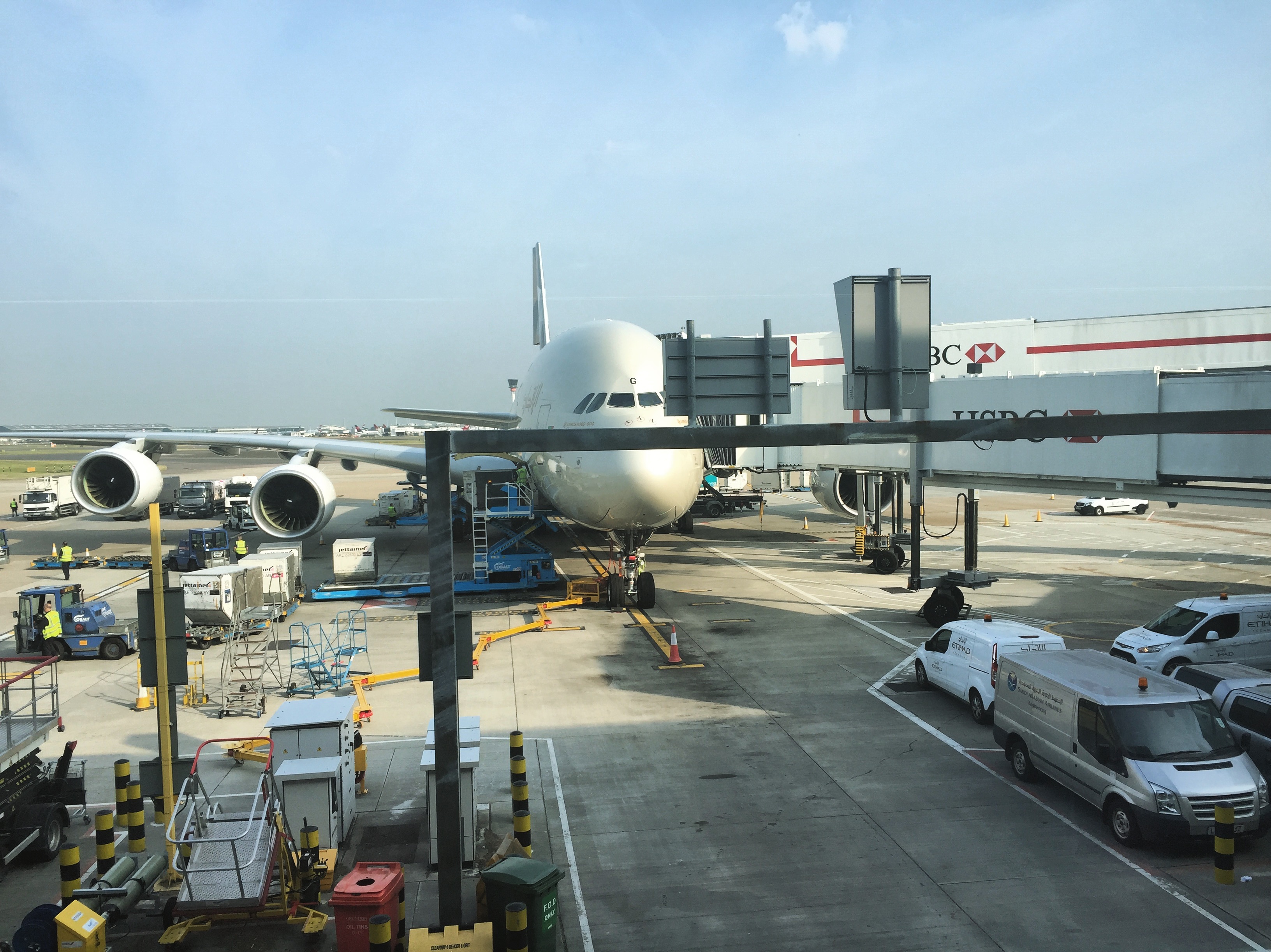
We’ve all been there haven’t we, stuck in a recycled air conditioned tube miles above the ground wondering why we are only 6 hours in to a 15 hour flight and how on earth we are going to get through the rest of the flight so we get off the plane in anything more than a zombie like trance.
With several long haul flights under my belt I would have to say the key to surviving such long journeys is in the planning before you even board the plane. It’s all about packing the right flight kit for you and in mentally preparing yourself so you don’t get frustrated or bored but actually sit back and relax, and even indulge in things you don’t normally have time for when your in the land of phone signal and have texts and emails flying at you all the time.
Tip 1: Do some research when booking the flight
Pick your airline carefully, they all have pros and cons with some being known for more leg room, better meals or even higher air quality. So have a little browse and see which airline best fits your criteria.
Think about your seat. Use seatguru or ask an agent for advice, but think about the location of your seat and the leg room. You obviously don’t want to be near the toilets either for the smell or the distracting continuous movement of people past you. Being near the back of the plane may mean your food is a little cool by the time it gets to you or you have less choice as they’ve run out of the most popular option before they even get to you.
Obviously if you can afford to upgrade then do as it could mean a bit more extra sleep for you on that long flight. If you can’t afford an upgrade than maybe consider a stop over, which is often cheaper, just to break up the flight time and allow your body to start adjusting to the new time zone.
Tip 2: Dress for comfort
We all want to look good when travelling but ultimately a long haul plane outfit needs to be comfortable. Think pyjamas but not actual pyjamas . Anything that allows you to move around easily, is soft and warm.
It’s also worth remembering planes get pretty cold. Airlines do hand out blankets but you will be more relaxed if you have your own bits around you. So take a scarf or an extra pair of thick socks and get ready to settle in for that nap.
Tip 3: Pack a sleep kit
For most of us its pretty hard to sleep on a plane so try and take things that might help you nod off. I’d definitely recommend ear plugs and an eye mask. Whenever you start feeling drowsy, pop that mask on and see if you get some shut eye, don’t wait for the end of the movie as it will be there when you wake up but you might not get that chance to sleep again!
You may also want to take a sleep aid, whether that’s a sleeping pill or something natural, depending on your health and desire to sleep!
I have never found a travel pillow that suits although lots of people use them. I have actually found that the seats adjustable head rest is enough for me but if you need a pillow or to take a big jumper to use as a pillow, make sure you pack one.
Tip 4: Take some TLC items
A long haul flight is a long time in which you don’t have any privacy or the chance to have a nice shower. Take anything with you that might make you feel a little bit more indulgent on the flight. I always take lip balm and a good quality hand cream as it’s so easy to get dried out on the plane.
Another good item to take is an essential oil. I regularly take a small roll on lavender oil. It’s tiny so isn’t a liquid issue, is easy to apply and has the added benefit of masking any unpleasant smells on the plane and as it is lavender it helps to relax me. It’s also handy throughout the holiday as a sleep aid if you’re struggling to sleep in those hostel dorms or unfamiliar hotel rooms.
Tip 5: Stay hydrated
Avoid diuretics before the flight, such as caffeine and alcohol, and take a water bottle on the plane with you. You can ask the crew to fill this up and then you always have a supply of water throughout the flight.
Tip 6: Take your own headphones
Airlines do supply headphones but they may well not be as good as your own and you really don’t want to face a 16 hour flight with no headphones! If you have noise cancelling headphones these are brilliant for blocking out the ambient noise and helping you focus or sleep if you can sleep while listening to music.
Tip 7: Plan for boredom
It’s a long time to be in one place so you are probably going to get bored. Don’t stress about this but try and embrace it so you don’t get frustrated. Take some books to read, indulge in the Hollywood blockbusters in the plane’s movie selection, load up your MP3 player or download your favorite TV show onto your tablet and take that with you. You may even want to take a bit of work with you as how often do we get uninterrupted time like this in everyday life.
Tip 8: Think about your health
This is someone who has been on a plane and got off with one of the worse colds I’ve ever had. Don’t let this happen to you but try and make sure you think about your health throughout the plane journey.: –
Take hand sanitizer or baby wipes to keep your hands clean
Take some Echinacea tablets or vitamin c tablets with you just to help your body’s immune system
Don’t forget to move around the cabin and stretch those leg muscles
Take a toothbrush and toothpaste in your carry on so you can brush your teeth, it’s surprising how much better you feel with a clean mouth!
Tip 9: Take your own snacks
Plane food isn’t as bad as it used to be, and if you have picked a good airline it can be really quite nice. However, they may still serve food you don’t like, you may sleep through a meal, your body is used to a different time zone so will get peckish when it wants to and plane food isn’t really that healthy with a bias on carbs.
So make sure you take some snacks with you so you don’t go hungry. I’d suggest a mix of healthy snacks like almonds and the odd indulgent chocolate bar as a bit of a treat, but pack what suits you!
Tip 10: Don’t take too much carry on
It’s so easy to take lots in your carry on these days as you try and save weight for your main luggage. But think carefully about what you are taking and which pockets to store things in. The more you put down by your feet the less leg room and maneuverability you are giving yourself. The more your cram into the bag the harder it is to find things when you’re sleep deprived and getting the bag down from above to try and find something.
My tip would be to have everything you need throughout the flight – water bottle, sleep stuff, snacks, headphones, baby wipes, phone charger – in one small bag that you can easily take out and which doesn’t take up too much space around your seat.
